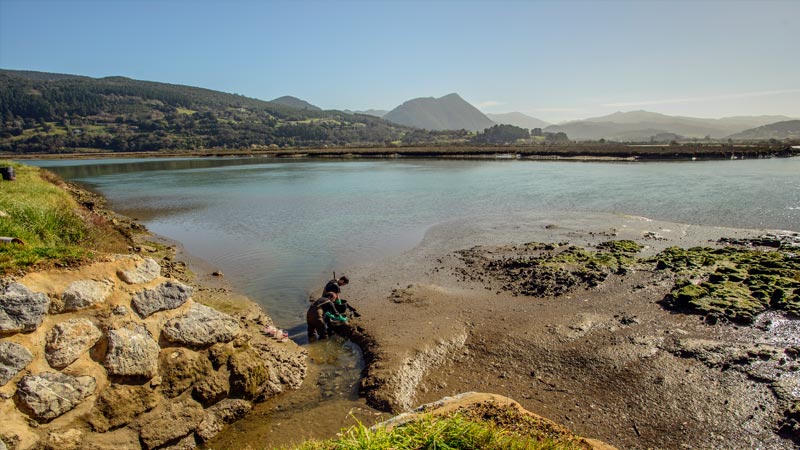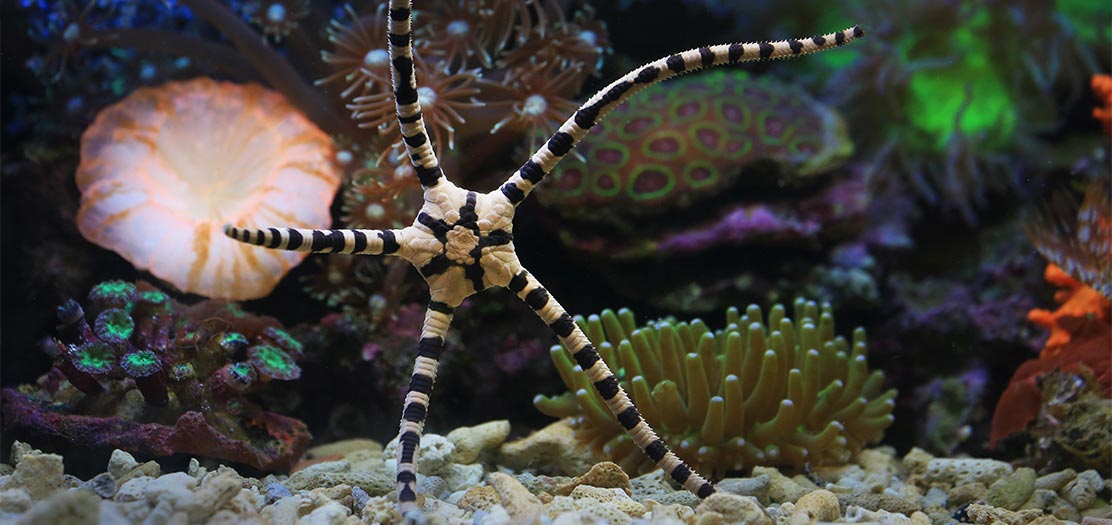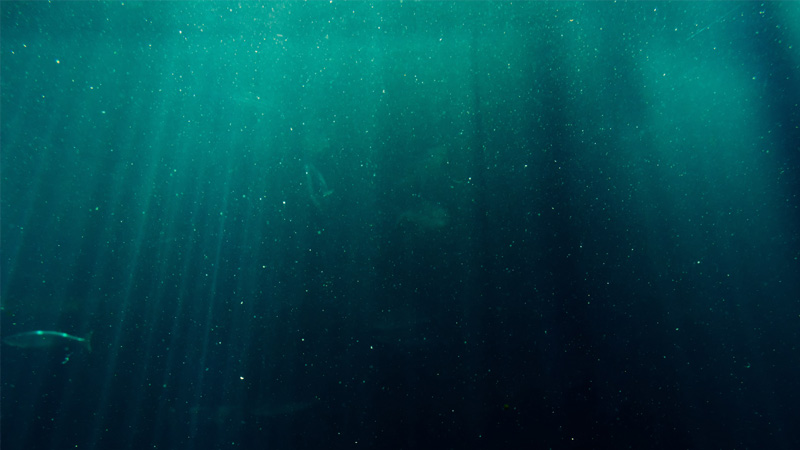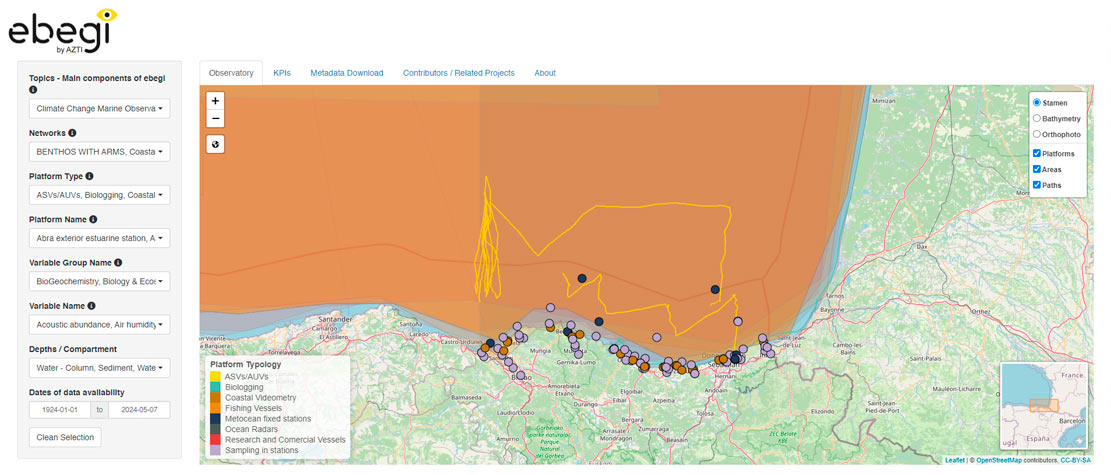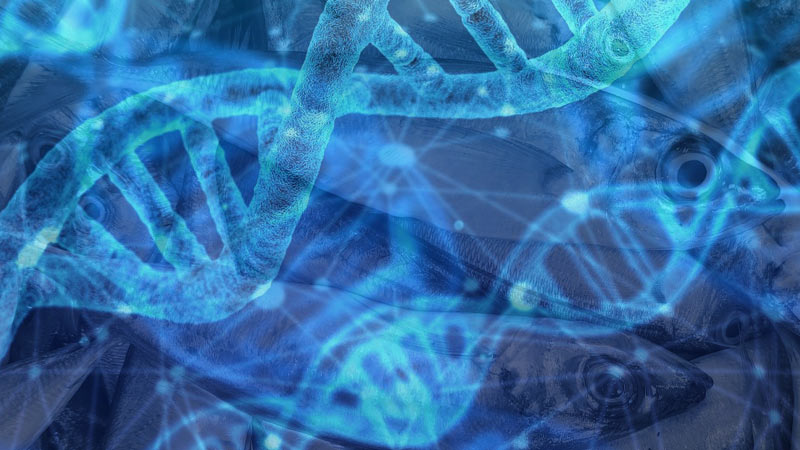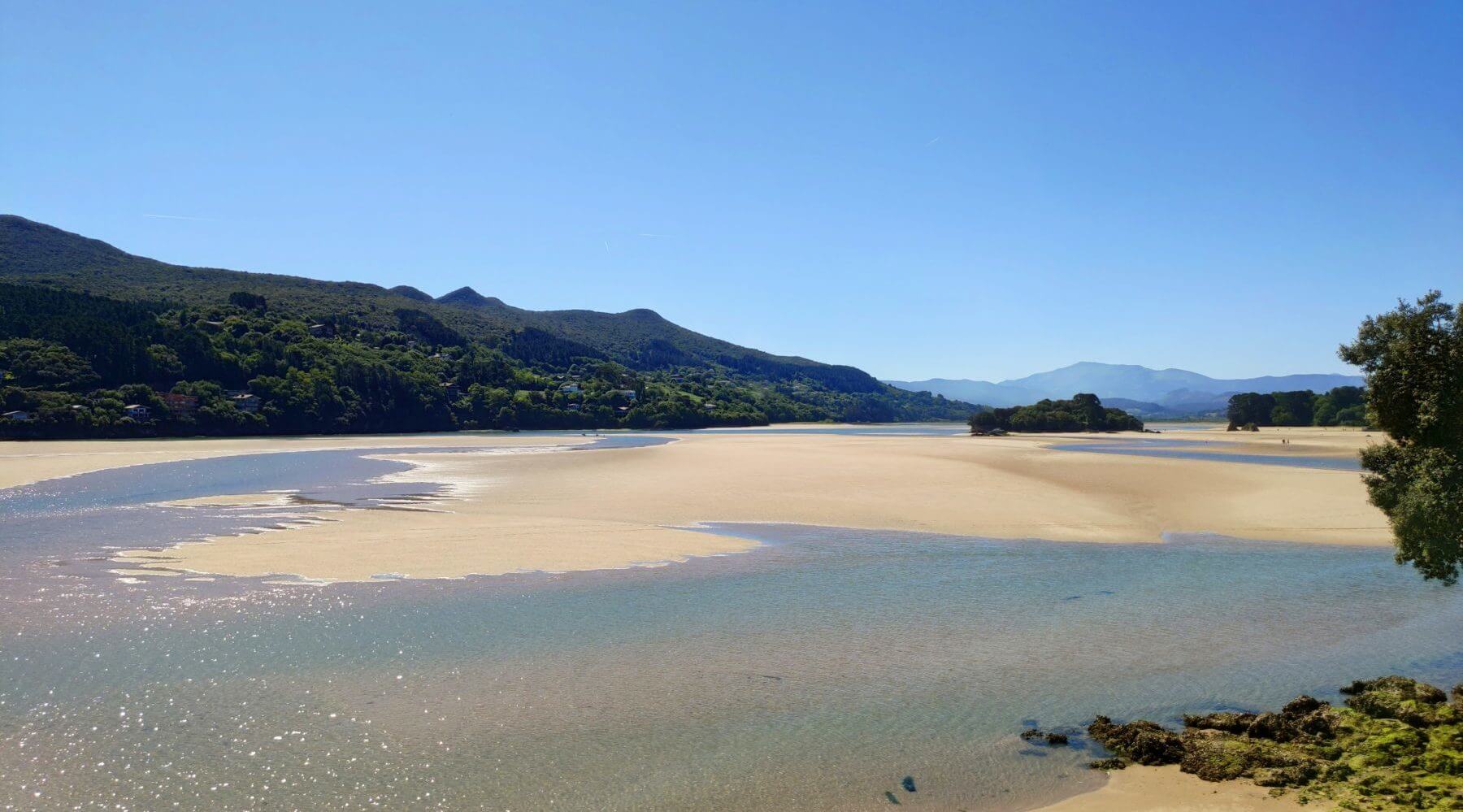GECKA
Genetic close-kin analysis on white anglerfish (Lophius piscatorius) for abundance estimates in support of deep sea fisheries management under the Common Fisheries Policy
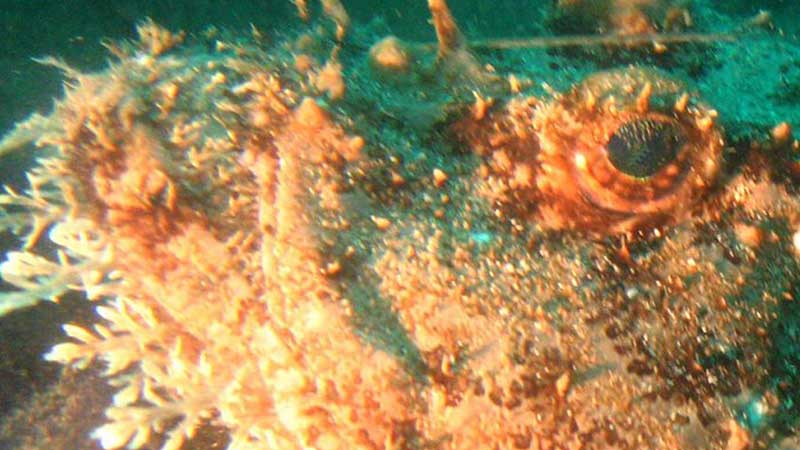
Key results
This is the first time that black and white anglerfish have been shown to hybridise, and that these hybrids can reproduce and have viable offspring; furthermore, the proportion of hybrids is very high in some areas, up to 20 per cent.
—
Context
The European Commission recognizes the need for developing an improved management framework for deep sea fisheries, which are particularly vulnerable to exploitation and for which little scientific knowledge and data are available.
Recent research has shown that the genetic close-kin mark recapture (CKMR) method can be employed for obtaining fisheries-independent abundance estimates in marine fish, which would be extremely valuable for deep sea stocks. Yet, the viability of the method needs to be evaluated considering the general lack of biological knowledge for deep sea stocks.
In this context, the need of using a better studied species with well-known biology and life-history traits as a target for exploring the viability of the method and required modifications has been suggested. For this reason, although not strictly a deep-sea species, it has been considered that the white anglerfish (Lophius piscatorius) could be a good candidate target species for:
- being commercially important, so that the development of the method for this species is directly relevant
- allowing relative easy sample collection, so that a large number of samples from which to subsample could be obtained
- being sufficiently studied, so that minimum biological and reproductive parameters are known.
Nonetheless, an essential requisite for the successful application of the CKMR method is the knowledge of the population substructure of the target species. Although previous studies have addressed this question for white anglerfish within the Atlantic and suggest homogeneity, additional support is required.
Main Objective
The main objective of the project is to establish the genetic population structure of the white anglerfish across the Atlantic FAO fishing area 27 and to provide a solid baseline for a close-kin abundance estimate.
Specific Objectives
- Sampling of white anglerfish
- Obtaining genetic markers
- Determination of the population structure
- Feasibility analysis of the method for marking and recapturing close relatives
| Partners |
AZTI, University of Saldford Manchester |
| Funding |
European Commission, DG Joint Research Centre- JRC – Water and Marine Resources Unit |
| Lenght |
2018-2020 |

